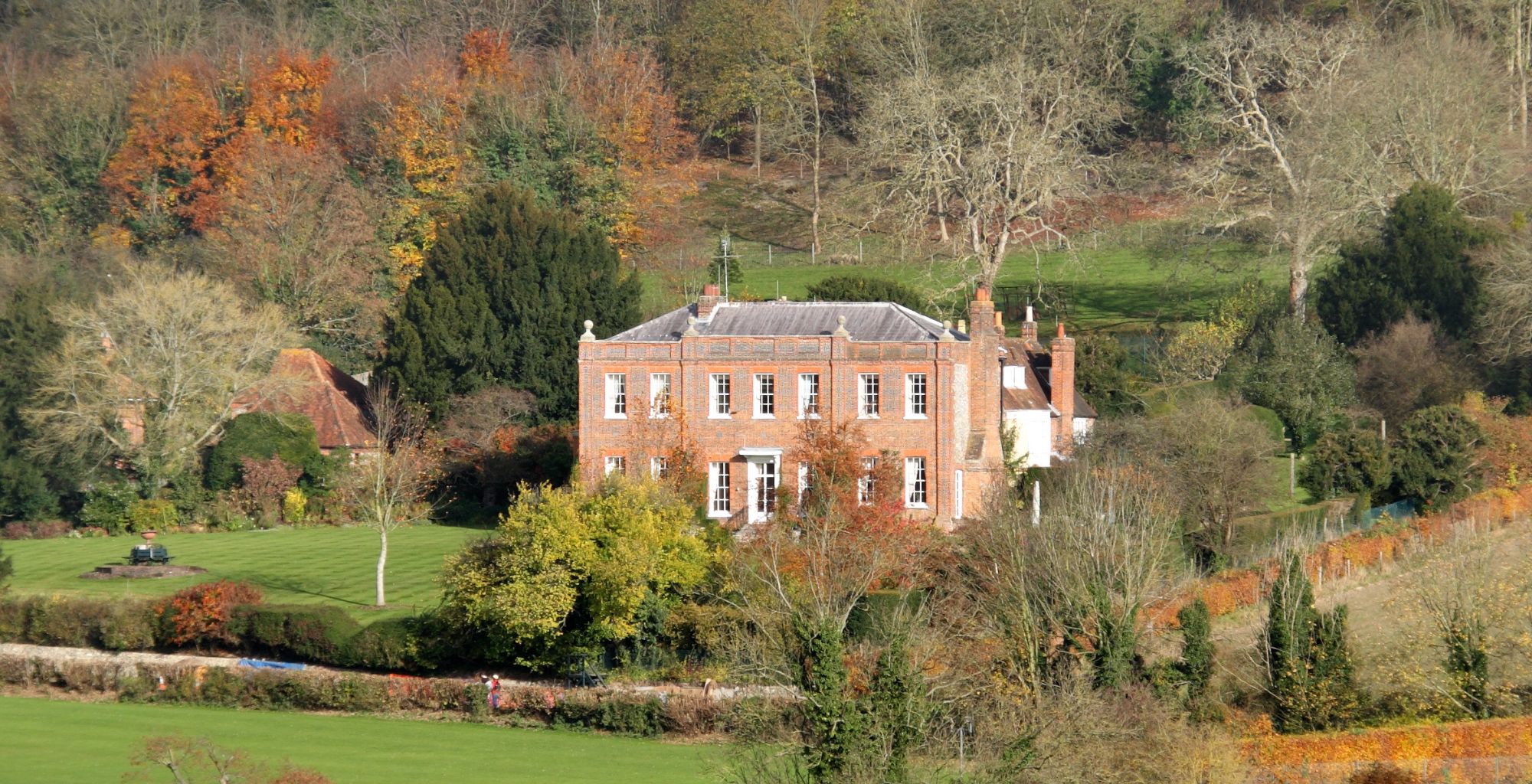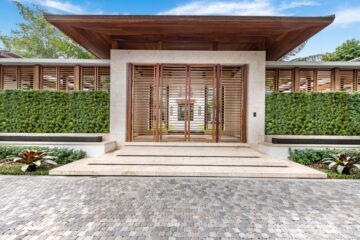With their unique history and architectural details, listed buildings provide the opportunity to own a charming historic home. However, purchasing a listed property also comes with drawbacks. Carefully weighing up the pros and cons is important when considering buying a listed building as your next home in the UK.
The Pros of Buying a Listed Property
Unique Character and History
One of the biggest pros of buying a listed building is the unique character and history it possesses. Listed properties, which are protected for their special architectural or historical significance, often have beautiful period features that create a charming, one-of-a-kind home. From original wood beams and brickwork to stone fireplaces and leaded windows, listed buildings provide a link to the past.
Sense of Prestige
Owning a listed property also comes with a certain sense of prestige. Given their scarcity and special status, listed homes are seen as highly desirable. Buying a listed building shows you appreciate heritage and quality craftsmanship. Your home will stand out from standard modern properties.
Potential for Adding Value
Sensitively restoring and improving a listed building can greatly increase its value over time. Even though you may need permission for alterations, there is often scope to upgrade things like electrics and plumbing. Sympathetic extensions that respect the property’s original character can also enhance liveability and worth. A well- renovated listed home makes a great investment.
Cons of Buying a Listed Property
Limitations on Changes
The biggest downside of buying a listed building is the strict regulations over what changes you can make. Anything that alters the property’s special historic or architectural character requires listed building consent. Even small jobs like replacing windows and doors or painting exterior walls may need permission. The process can be time-consuming and costly.
Maintenance and Repair Costs
Owning an older, listed home inevitably comes with higher maintenance and repair bills. Period properties often have damp issues and outdated heating systems for example. Employing heritage tradespeople to handle any works sensitively also tends to be more expensive. Budgeting adequately for upkeep is essential.
Instructing a surveyor is vital when buying a listed building. An RICS Level 3 survey will go into detail about the condition of the property and provide an assessment of potential or hidden defects, among other things. Speak to RICS Accredited Surveyors in Norwich: Expert Property Assessments to learn more.
Compromises on Modern Comforts
While full of character, listed buildings often require some compromise on modern comforts. Features like small, dated kitchens and bathrooms and a lack of storage may present challenges. Low ceilings, narrow hallways and uneven floors come with the territory too. Adapting a period property sympathetically requires some creativity and problem-solving skills.
Buying a listed property as your next UK home offers a chance to own a unique, historic place, but it also comes with limitations, costs and compromises to bear in mind. Weighing up how these pros and cons fit with your lifestyle, budget and expectations is key. Specialist advice tailored to the specific building will also help inform your decision when purchasing this special type of real estate.
Keep an eye for more latest news & updates on Gossips!




